NetSpeed Systems is known for their network-on-chip (NoC) IP that enables complex heterogeneous SoC architectures. NetSpeed IP supports both non-coherent and coherent memory and I/O schemes as well as configurable, customized last level cache optimization through their Orion, Gemini and Pegasus IP respectively. They are… Read More
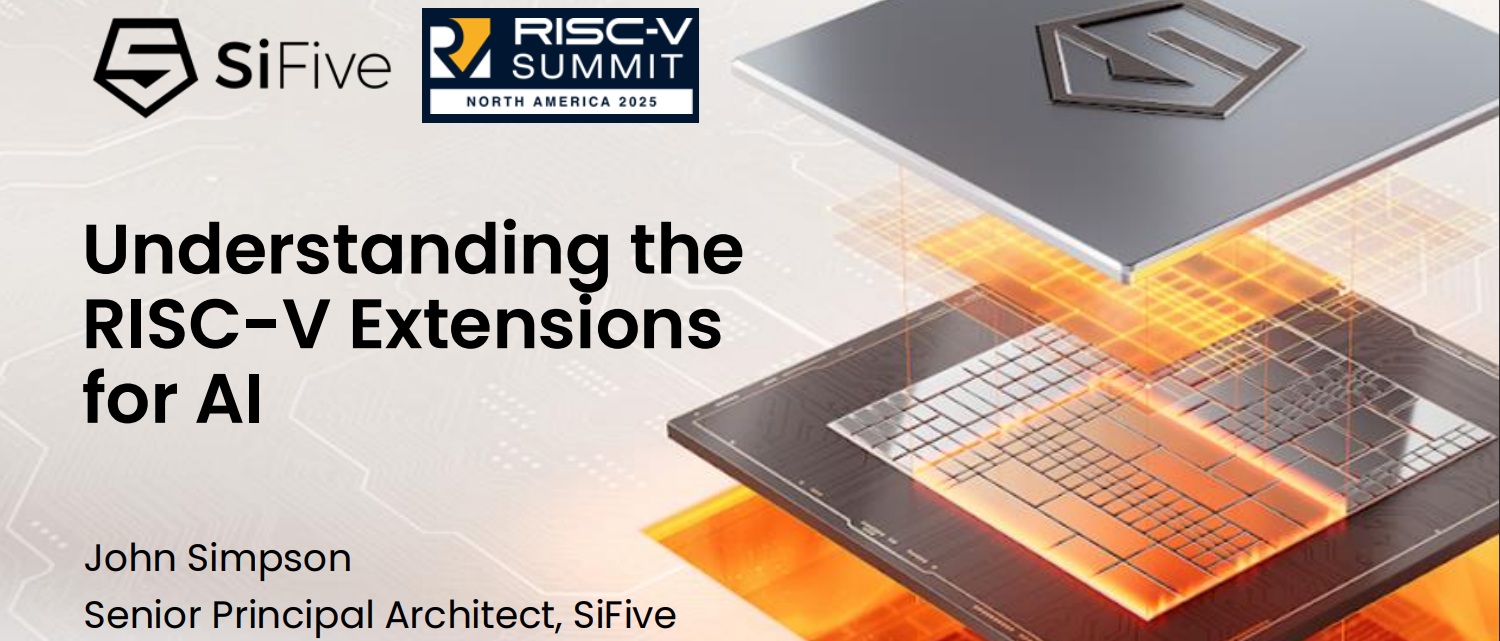 RISC-V Extensions for AI: Enhancing Performance in Machine LearningIn a presentation at the RISC-V Summit North…Read More
RISC-V Extensions for AI: Enhancing Performance in Machine LearningIn a presentation at the RISC-V Summit North…Read More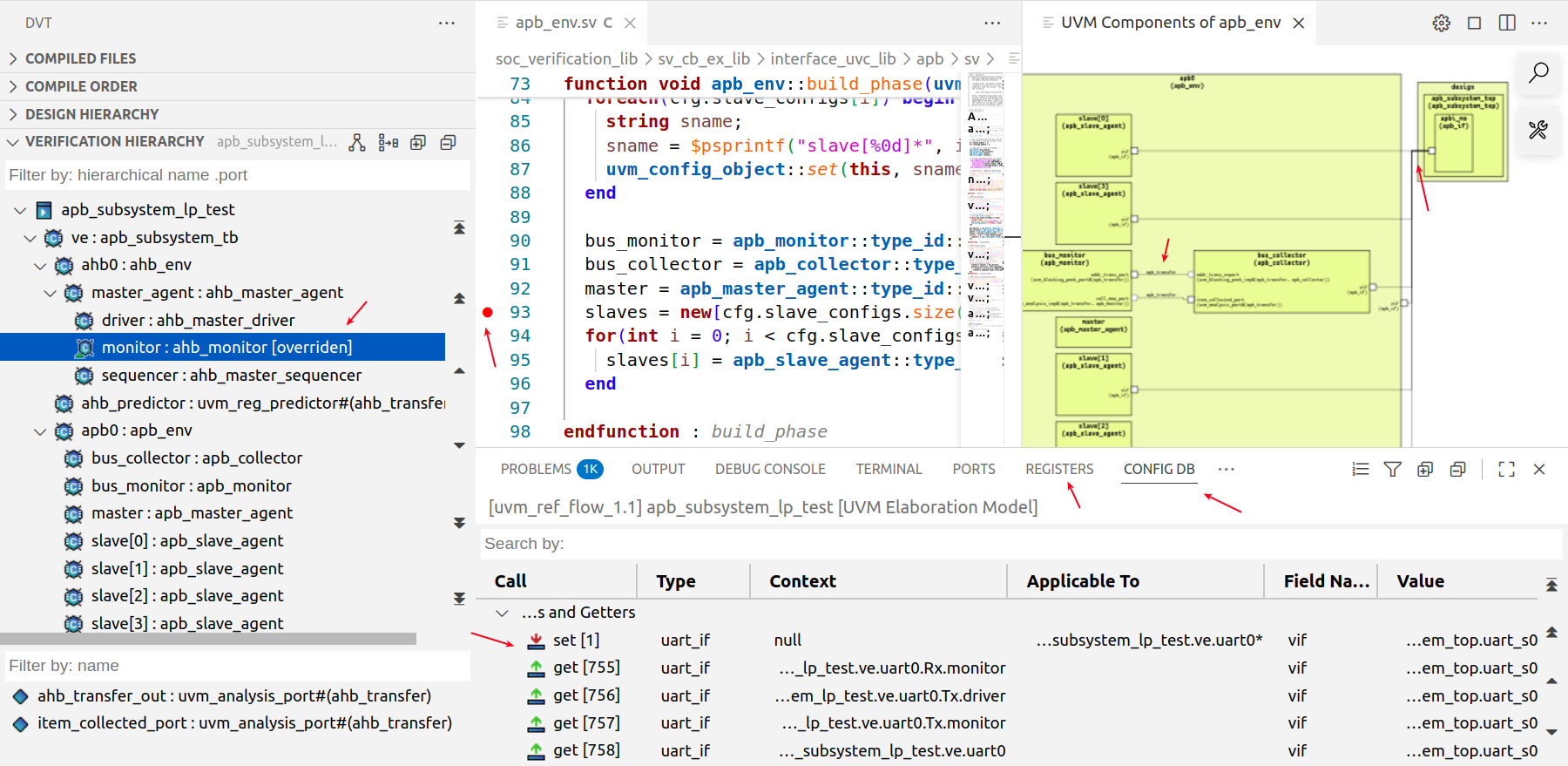 Runtime Elaboration of UVM Verification CodeRecently, I reported on my conversation with Cristian…Read More
Runtime Elaboration of UVM Verification CodeRecently, I reported on my conversation with Cristian…Read More RISC-V: Powering the Era of Intelligent General ComputingCharlie Su, President and CTO of Andes Technology,…Read More
RISC-V: Powering the Era of Intelligent General ComputingCharlie Su, President and CTO of Andes Technology,…Read More Simulating Quantum Computers. Innovation in VerificationQuantum algorithms must be simulated on classical computers…Read More
Simulating Quantum Computers. Innovation in VerificationQuantum algorithms must be simulated on classical computers…Read MoreArm 2017 TechCon Keynote Simon Segar!
Now that the dust has settled with the Softbank acquisition I must say that Arm is truly a different company. There are now a lot of new faces from outside the semiconductor industry, which is a good thing, and a lot less stress from Wall Street which is an even better thing. Simon can now wear whatever he wants without the worry of lowering… Read More
Navigating the System-in-a-Package Manufacturing Ecosystem
Being an old ASIC physical design guy, I tend to think of ASICs from a “bond-pads-in” perspective. This week however, I had a very eye-opening discussion with Dan Leung, Director of Packaging and Assembly for Open-Silicon, that totally changed my perspective. While I had been exposed many times to the concept of systems-in-a-package… Read More
Good Library Hygiene Takes More Than an Occasional Scrub
You don’t shower only before you have to go to an important meeting (teenagers excepted). Surgical teams go further, demanding a strict regimen of hygiene be followed before anyone is allowed into an operating room. Yet we tend to assume that libraries and physical IP (analog, memories, other physical blocks) are checked and pronounced… Read More
Open source RISC-V ISA brings a new wrinkle to the processor market
By now most people are quite comfortable with the idea of using an open source operating system for many computing tasks. It speaks volumes that Unix, and Linux in particular, is used in the vast majority of engineering, financial, data base, machine learning, data center, telecommunications and many other applications. It was… Read More
Timing Analysis for Embedded FPGA’s
The initial project planning for an SoC design project faces a difficult engineering decision with regards to the “margin” that should be included as part of timing closure. For cell-based blocks, the delay calculation algorithms within the static timing analysis (STA) flow utilize various assumptions to replace… Read More
Silicon Creations talks about 7nm IP Verification for AMS Circuits
Designing at 7nm is a big deal because of the costs to make masks and then produce silicon that yields at an acceptable level, and Silicon Creations is one company that has the experience in designing AMS IP like: PLL, Serializer-Deserializer, IOs, Oscillators. Why design at 7nm? Lots of reasons – lower power, higher speeds,… Read More
DSP-Based Neural Nets
You may be under the impression that anything to do with neural nets necessarily runs on a GPU. After all, NVIDIA dominates a lot of what we hear in this area, and rightly so. In neural net training, their solutions are well established. However, GPUs tend to consume a lot of power and are not necessarily optimal in inference performance… Read More
IoT Security Hardware Accelerators Go to the Edge
Last month I did an article about Intrinsix and their Ultra-Low Power Security IP for the Internet-of-Things (IoT). As a follow up to that article, I was told by one of my colleagues that the article didn’t make sense to him. The sticking point for him, and perhaps others (and that’s why I’m writing this article) is that he couldn’t … Read More
Arm TechCon Preview with the Foundries!
This week Dr. Eric Esteve, Dr. Bernard Murphy, and I will be blogging live from Arm TechCon. It really looks like it will be a great conference so you should see some interesting blogs in the coming days. One of the topics I am interested in this year is foundation IP and I will tell you why.
During the fabless transformation of the semiconductor… Read More


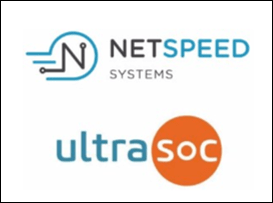



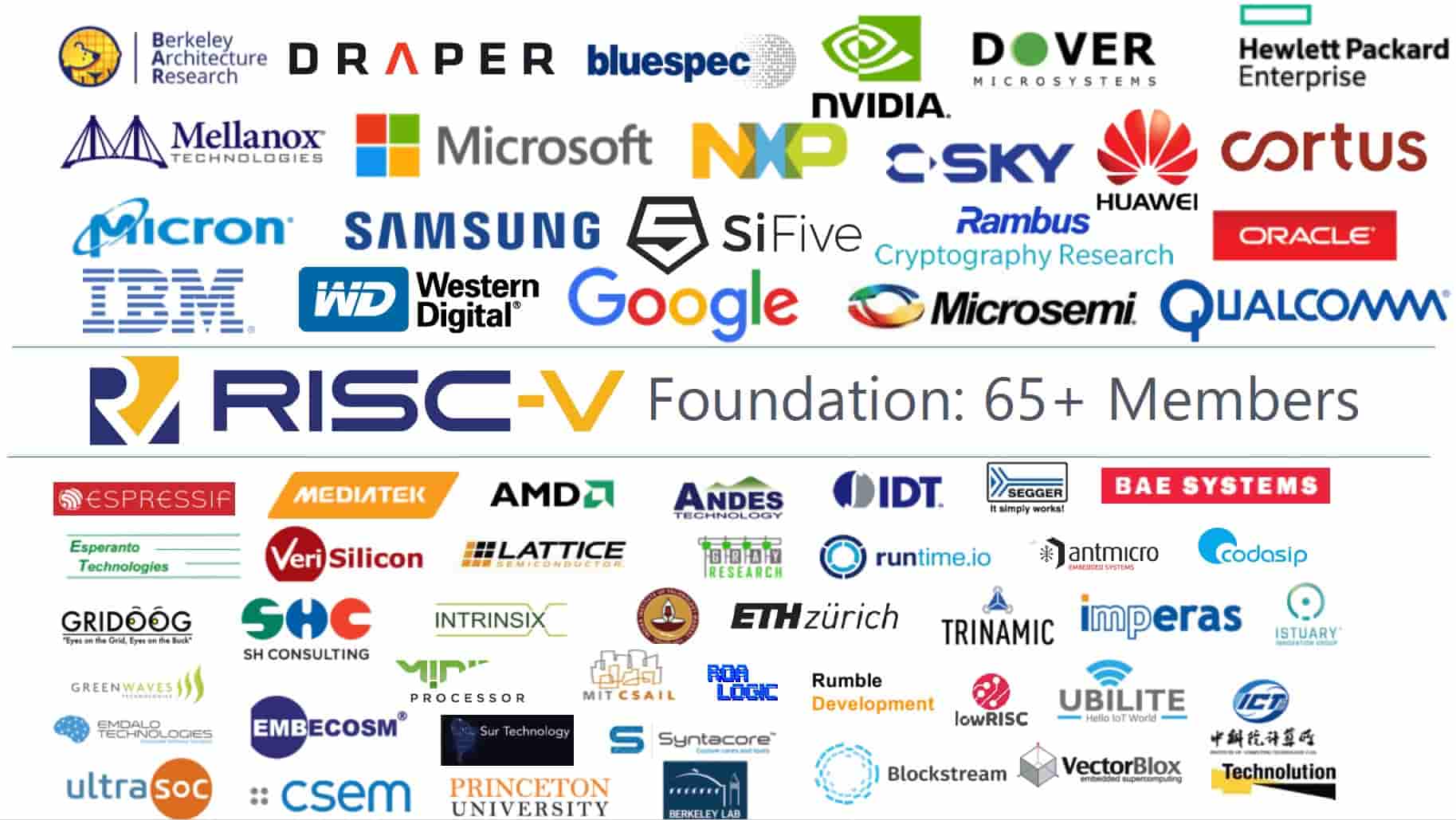
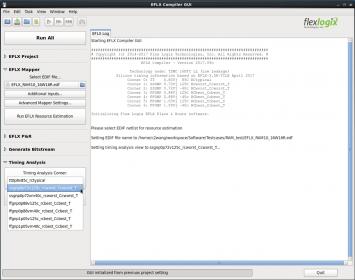
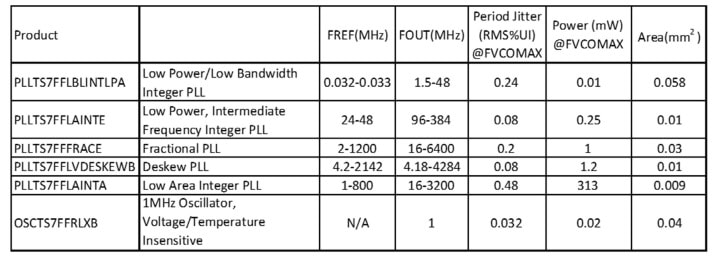

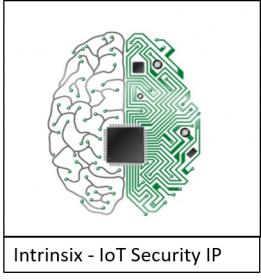

Quantum Advantage is About the Algorithm, not the Computer